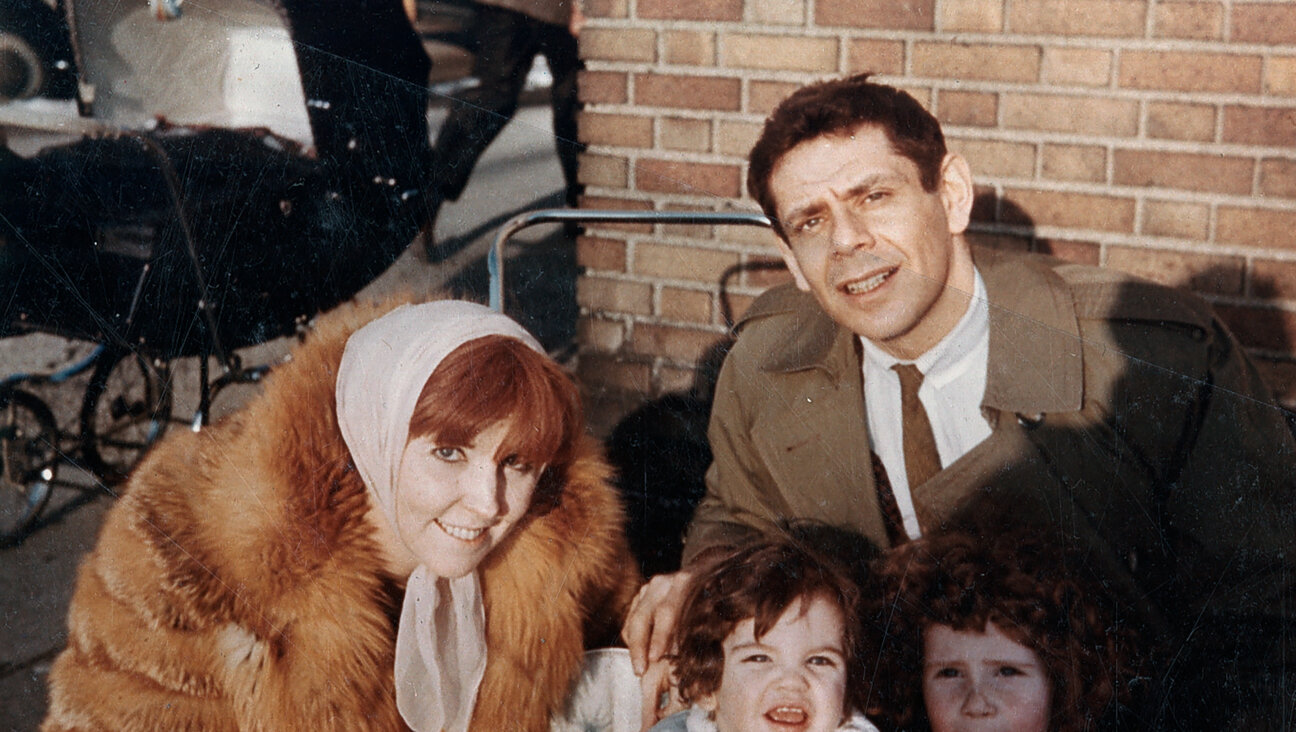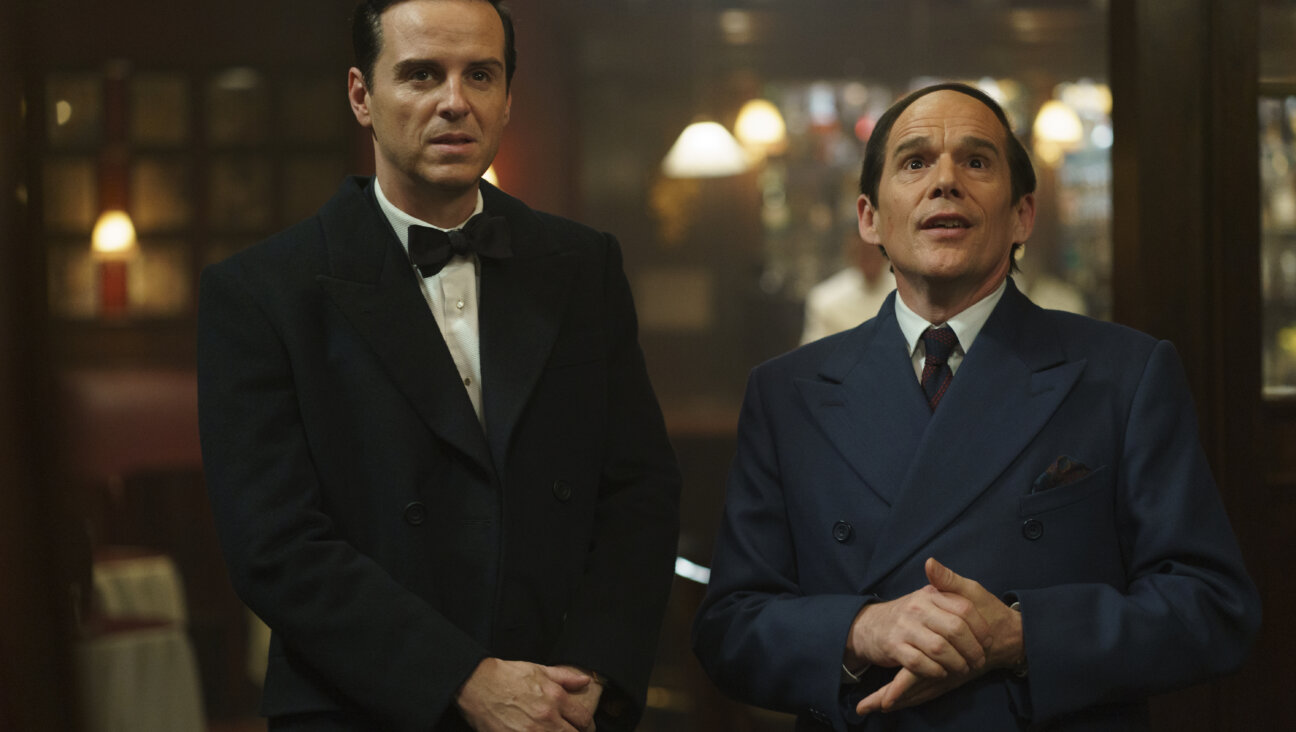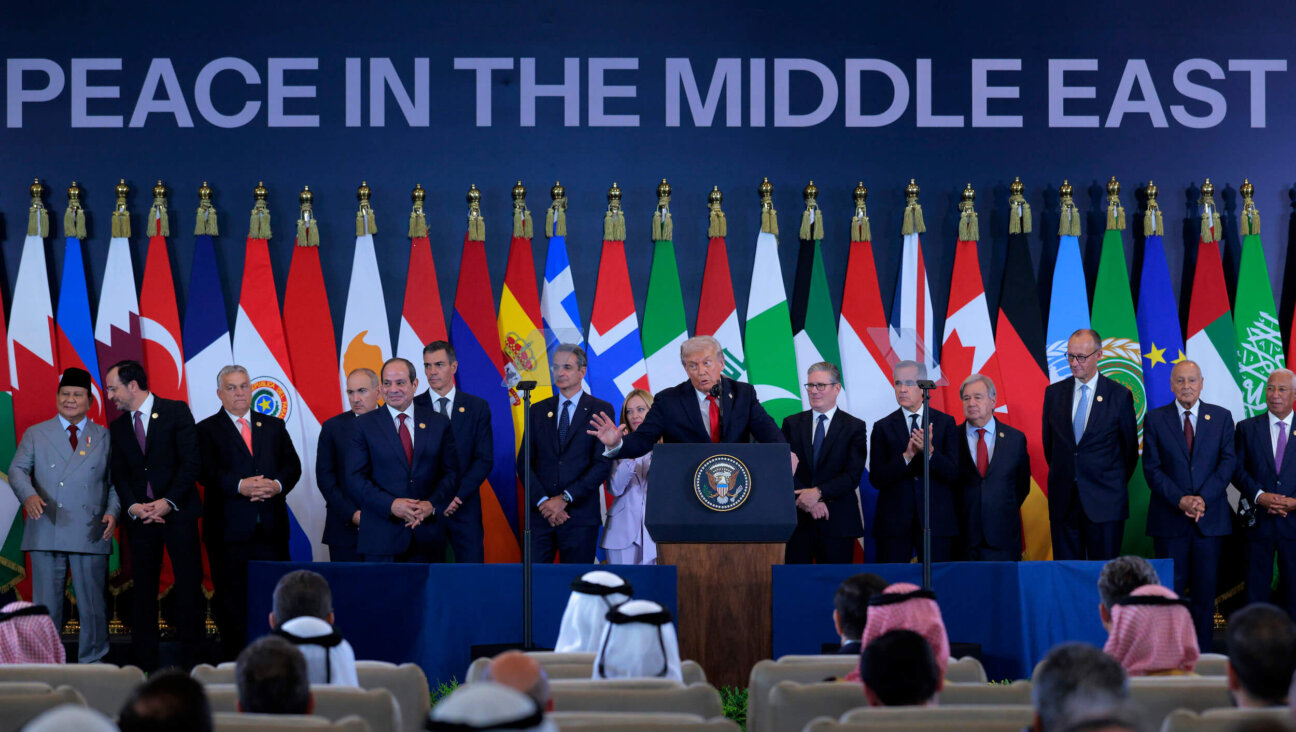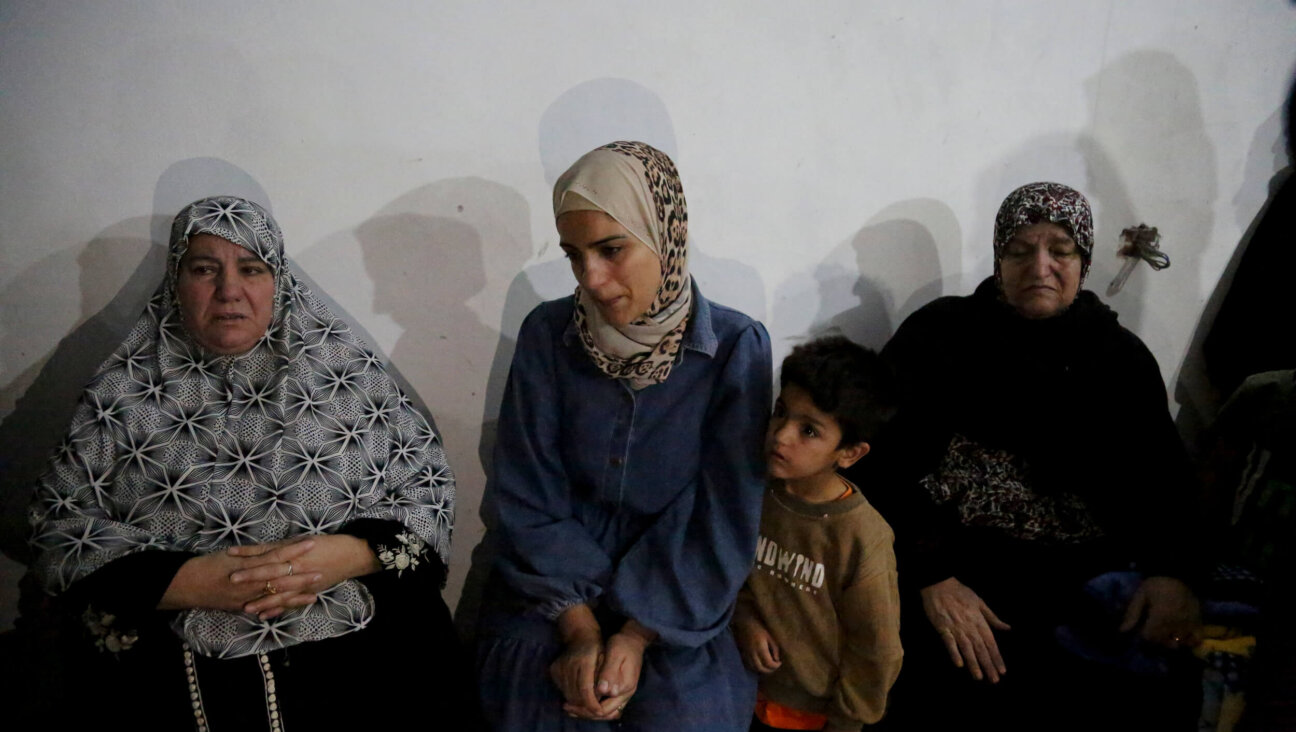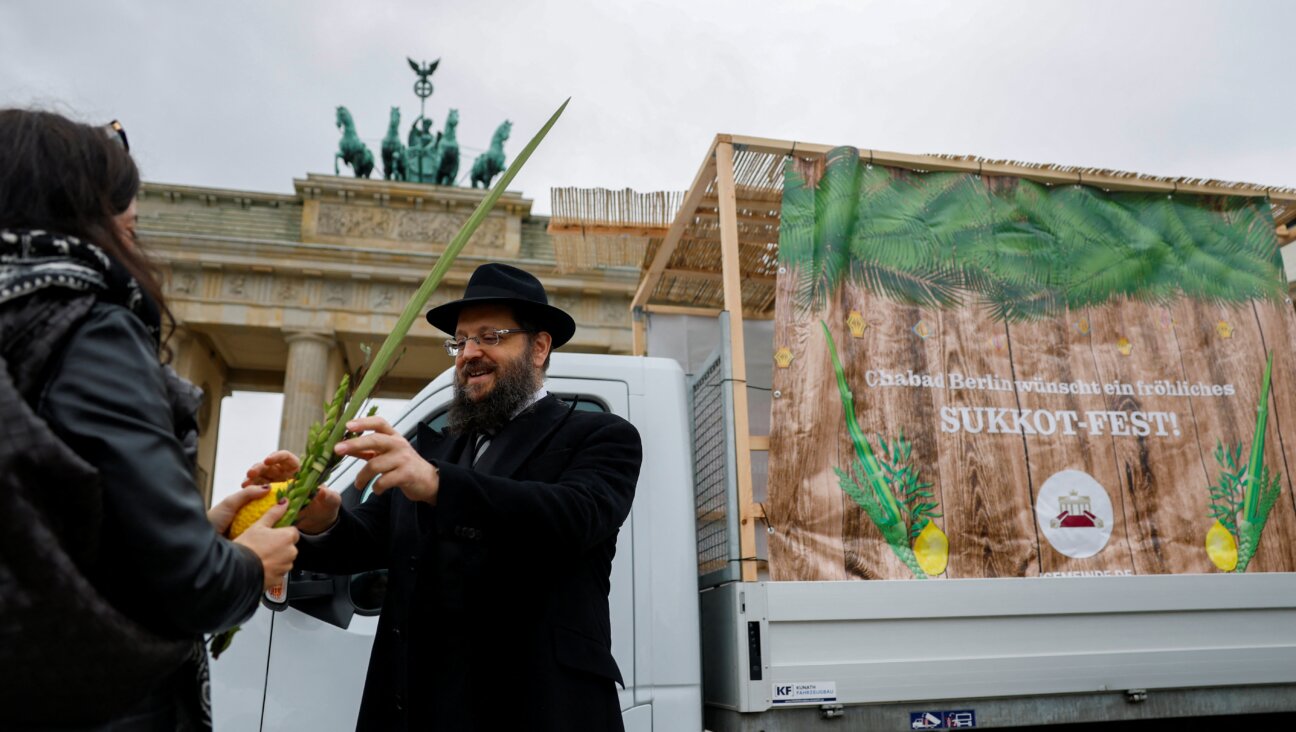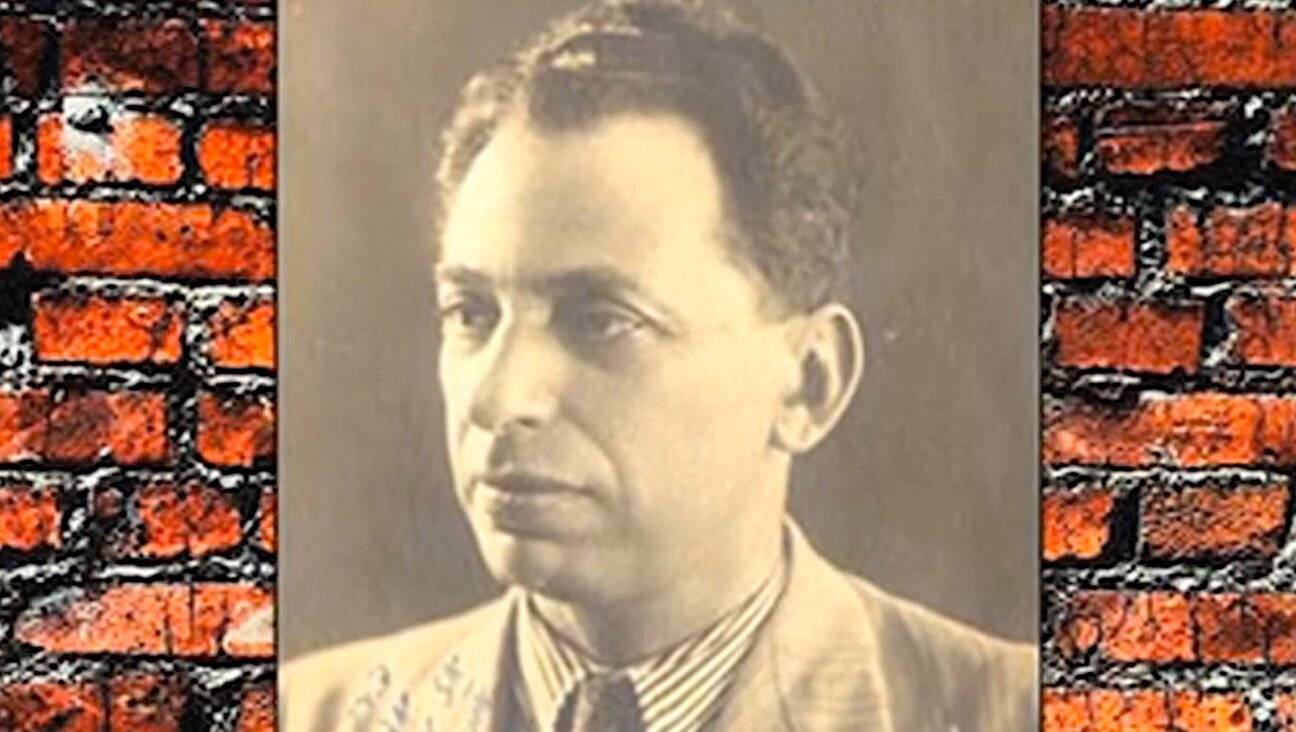The Story of an Icon, Still Not Told
Sign up for Forwarding the News, our essential morning briefing with trusted, nonpartisan news and analysis, curated by senior writer Benyamin Cohen.
Why isn’t Rabbi Marshall T. Meyer an international icon?
In the tradition of Mahatma Gandhi, the Rev. Martin Luther King Jr. and César Chávez, Meyer found resourcefulness in the crossroads where politics and religion meet. An American born in 1928 and a graduate of Dartmouth College, he and his wife, Naomi, moved to Argentina in 1959, planning to stay only a couple of years. Instead, not only did his tenure in Buenos Aires prolong itself until 1985, but he also became a mythical figure. He founded the Seminario Rabínico Latinoamericano, a Conservative rabbinical school endowed today with ordaining rabbis for most of the Americas. (The institution is now named after him.) And he valiantly spoke truth to power, publicly defending victims of the dictatorship and fighting for overall human rights during the Dirty War.
Over the years, I’ve spoken to endless people about Meyer. I’ve also seen transcripts of his speeches. In one of them, titled “Thoughts on Latin America,” he described the moment when, sometime in the 1970s, the father of a desaparecido (a “disappeared” person) came to him for advice. The way in which Meyer describes his questions is reminiscent of similar litanies during the Bogdan Khmelnitski massacres in the 17th century and, of course, the tragedy of the Holocaust. The Argentine father was at an impasse, waiting to receive the corpse of his son in order to recite Kaddish. During his visit, the man rolled up his sleeve and showed Meyer the tattooed numbers. “For this I was saved from Auschwitz?” He wondered if he had the right to say Kaddish even if the corpse never showed up.
“Are you asking me as a rabbi?” Meyer asked.
“Yes,” the father answered.
“He had me by the throat at this point,” Meyer remembered in the speech. “I said, ‘If you can’t prove that he is dead and it’s only been a couple of months, you’ve got to wait.’”
“How can you ask me to wait any longer?” was the reply. Writing much later, Meyer finishes the anecdote succinctly, and brokenheartedly: “He is still waiting.”
When democracy returned to Argentina, Meyer was appointed by President Raúl Alfonsín to be part of the Committee for the Disappeared. He was the only nonnative in the group. His efforts for civil rights resulted in his being awarded Argentina’s Medal of Honor.
In the last decade of his life, Meyer and his family moved to Manhattan, where he revived B’nei Jeshurun, a now-popular synagogue on the Upper West Side. His advocacy for the homeless and dispossessed won him the nickname “the communist rabbi.” His sermons, in particular during the High Holy Days, were nothing short of mesmerizing. I myself listened to a number of them. Meyer confronted the congregation not to hide behind a mantle of complacency. Using midrashic sources, he magically articulated his sentences to push people to action. “If we are faithful to the noblest ideals of our beloved Judaism,” he would announce. “We will know how to respond” to the urgent political and economic challenges of our time.
In 1993, Rabbi Marshall T. Meyer died suddenly of a heart attack at 65. Like thousands of other mourners, after reading the obituary in The New York Times I became overwhelmed with grief. A major Jewish leader who understood Judaism not only as a religion but also as a social and political responsibility had gone too quickly, leaving an unavoidable vacuum.
It is thus surprising that, more than a decade later, a revaluation of Meyer’s journey never has been offered. On occasion I hear that a pupil of his is engaged in a documentary on his life and career. Or else, I’m told that the wealth of sermons, speeches, drafts and letters he left behind is still being collected. Not long ago, I spoke with the librarian at the Seminario Rabínico Latinoamericano, where a portion of his archives is located. She, too, was eager to see his legacy become part of the public record. In its living form, that legacy is alive in Argentina, Israel and the United States. But why not beyond? Why are the intricacies of his commitment eclipsed to the lay reader?
Unfortunately, Jane Isay’s pocket-sized volume, “You Are My Witness,” won’t do much to change the scenario. Isay, an editor at Harcourt and a member of B’nei Jeshurun, argues in the introduction
that the project began on a cold January morning in 1994, at Meyer’s shiva. The dispersed nature of his archives made the task difficult. There were hundreds of documents — autobiographical essays, tapes classes, transcripts, etc. — in Spanish and English. (Apparently, those in Hebrew were left out.) Meyer’s wife organized the material and saw that it was translated, although the translations are sometimes far from optimal. Isay then culled the final contents.
The real problem, though, is her vision. Isay has set out to manufacture one of those precious compendiums of quotations to inspire devout supporters, such as the ones available by, say, Rasputin, Fray Luis de León and the Dalai Lama. She divides the book into six sections: faith; confronting God in events; war and peace; pray, dream, remember; days of awe, and the lessons of Argentina. Each of these contains between 13 and 20 minuscule chapters, the majority of them made of a single paragraph. The tone is that of maxims and epithets. For example:
Meyer’s global message is potent. But where are fragments like this one coming from? Only a few are dated. The longer ones allow the reader to appreciate Meyer’s argumentative and story-telling strategies, but they aren’t enough to pass solid judgment. Are the more fractured, less convincing pieces representative of his overall mindset and maybe proof of a distracted quality unknown to his followers? What was Meyer responding to when he composed them? Nowhere in “You Are My Witness” is there an attempt to offer context.
A full-fledged biography is required, one analyzing the man and his era. It is important to see Meyer’s assets as well as his shortcomings as part of the debate on faith and civil rights at the end of the 20th century. In the new millennium, Jews and Latinos are likely to become partners in different spheres of life in the United States, from politics to education. Their partnership will be crucial in hemispheric terms, as well: North and south are no longer categories that separate nations; instead, they are buzzwords calling attention to the increasingly global culture in which we are participants. Not only did Meyer teach Jews — especially those with a conservative persuasion — to rethink their ethical values in a world abysmally divided between the haves and have-nots, but he also showed gentiles that Judaism isn’t an insular religion divorced from its habitat.
With this mini-boutique of wisdom in hand, it is time to go further, exploring the pioneering path that Rabbi Marshall T. Meyer courageously took and the echoes it generated.
——
Your Are My Witness: The Living Words of Rabbi Marshall T. Meyer
By Naomi Meyer, Marshall Meyer and Jane Isay (Editor)
St. Martin’s Press, 192 pages, $21.95.

